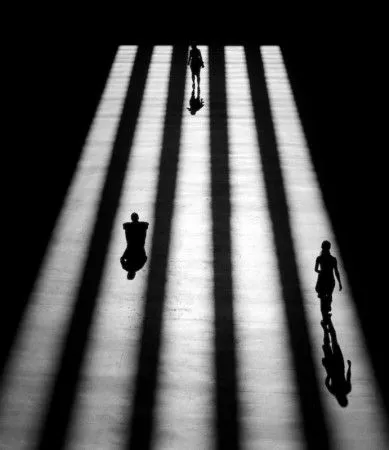
 Animation explainer videos are animated visual representations of a story, concept, or idea. They use a combination of illustrations, graphics, and sometimes voice-overs to bring the story to life. Animation videos can be used for various purposes, including entertainment, education, and marketing.
Animation explainer videos are animated visual representations of a story, concept, or idea. They use a combination of illustrations, graphics, and sometimes voice-overs to bring the story to life. Animation videos can be used for various purposes, including entertainment, education, and marketing.